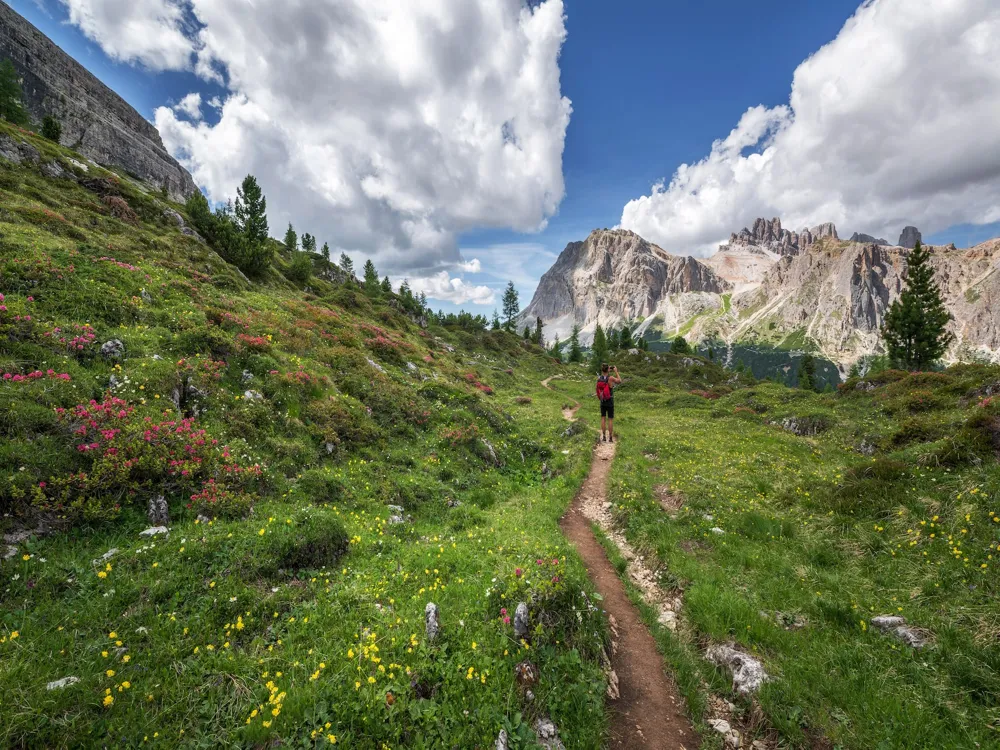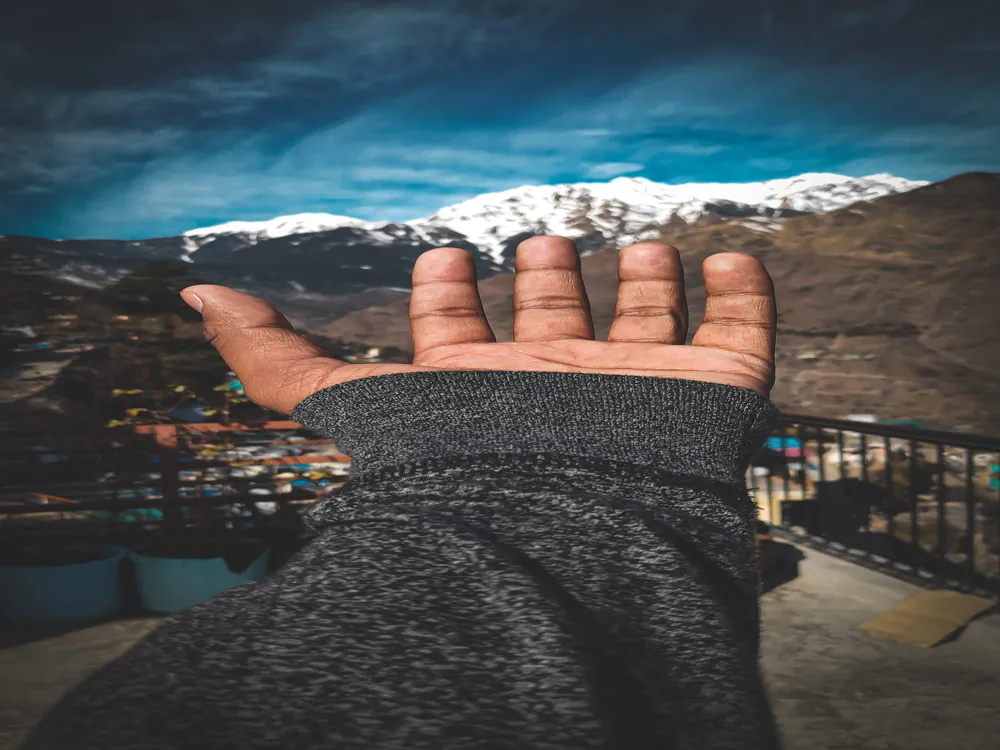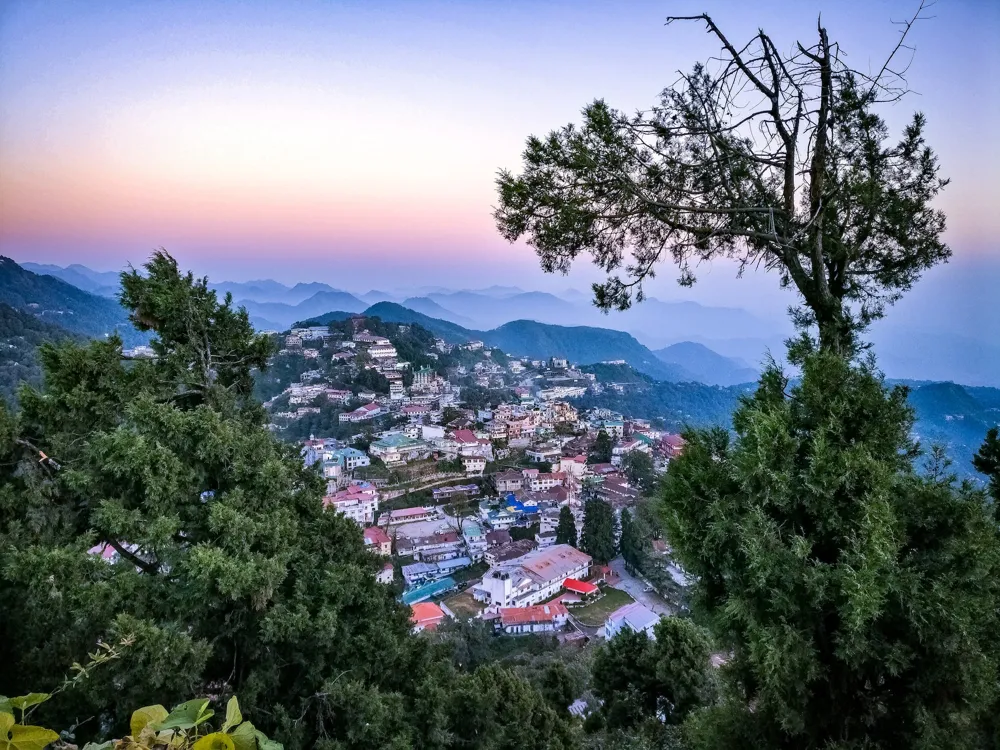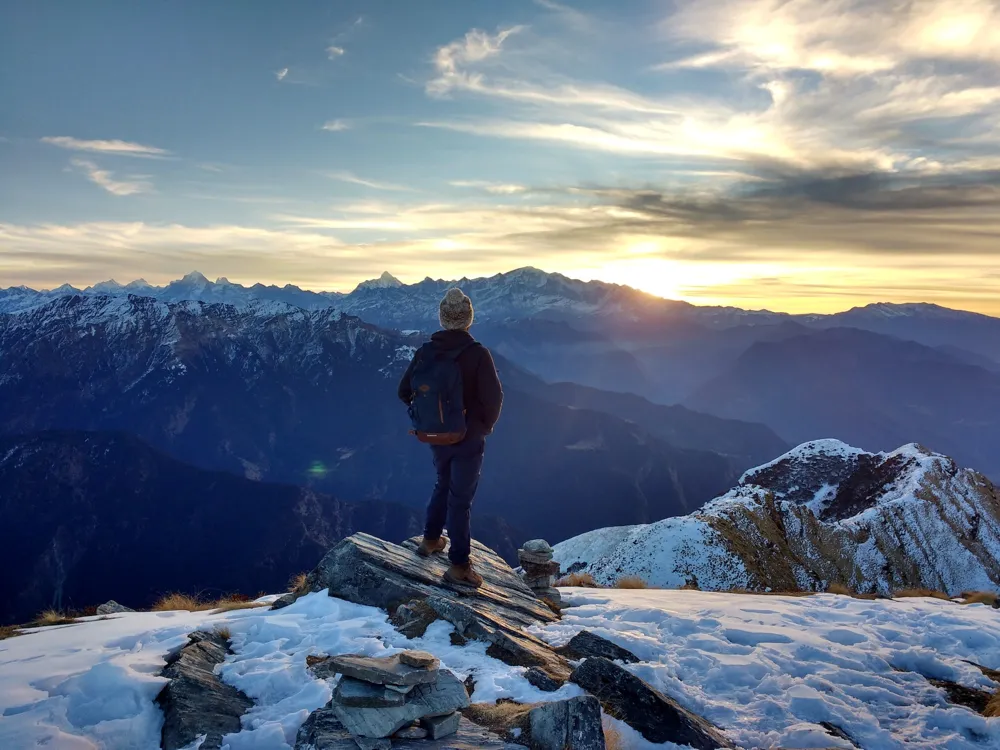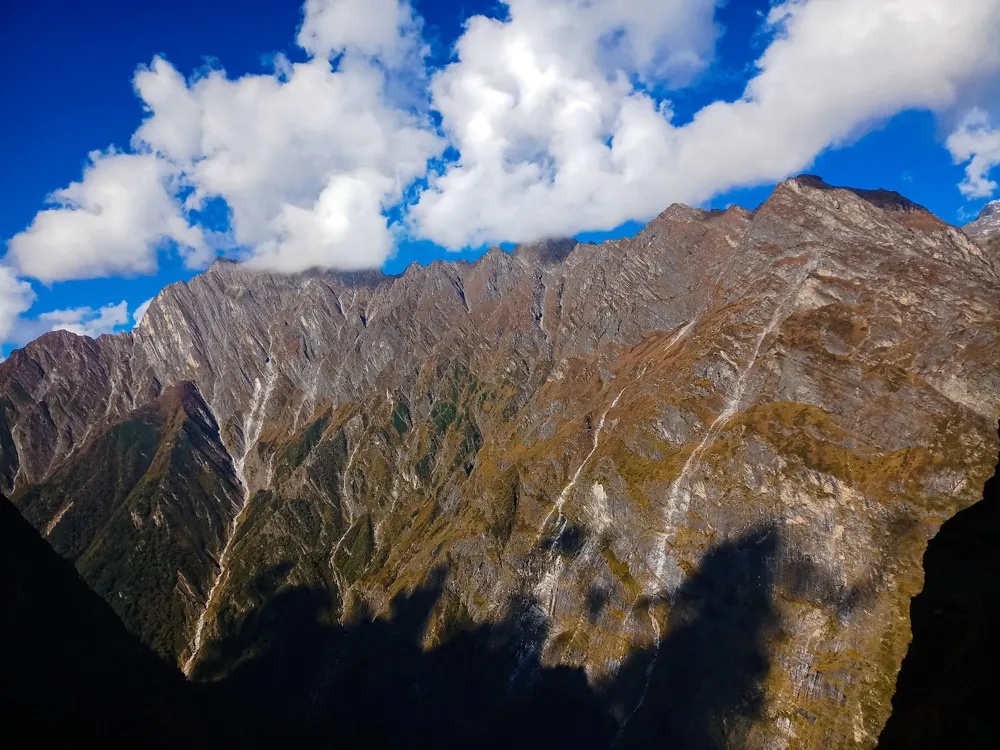Mana is a picturesque village located in the Chamoli district of Uttarakhand, India. Known as the 'Last Village of India', it is situated near the Mana Pass and lies on the banks of the River Saraswati. The village is renowned for its scenic beauty, rich cultural heritage, and its proximity to several Hindu pilgrimage sites. The architecture in Mana is characterized by traditional Himalayan styles. The houses are mostly made of stone and wood, designed to withstand the harsh mountain climate. The use of brightly colored woodwork and intricate carvings adds to the aesthetic appeal of these structures. Key architectural attractions include the Bheem Pul, a natural bridge, and the Vyas Gufa, an ancient cave believed to be the abode of sage Vyas. The ideal time to visit Mana is from May to October, as the village remains snowbound and inaccessible during the winter months. Visitors should respect local customs and traditions. Dress modestly and be mindful of local sentiments, especially when visiting religious sites. Since Mana is at a high altitude, visitors should acclimatize properly to avoid altitude sickness. Stay hydrated and take it easy for the first few days. Foreign tourists may need special permits to visit certain areas near the Indo-China border. Always carry valid identification and necessary documents. Mana is accessible by road from major cities in Uttarakhand. The nearest airport is Jolly Grant in Dehradun, and the closest railway station is at Rishikesh. From these points, one can hire taxis or take buses to reach Mana. The last motorable road ends in Mana, beyond which one can explore the area on foot. Read More:Overview of Mana, Chamoli, Uttarakhand
Architecture of Mana
Tips When Visiting Mana
Best Time to Visit
Local Customs and Etiquette
Altitude Sickness
Permits and Documentation
How To Reach Mana
Mana
Chamoli
Uttarakhand
NaN onwards
View chamoli Packages
Chamoli Travel Packages
View All Packages For Chamoli
Top Hotel Collections for Chamoli

Private Pool

Luxury Hotels

5-Star Hotels

Pet Friendly
Top Hotels Near Chamoli
Other Top Ranking Places In Chamoli
View All Places To Visit In chamoli
View chamoli Packages
Chamoli Travel Packages
View All Packages For Chamoli
Top Hotel Collections for Chamoli

Private Pool

Luxury Hotels

5-Star Hotels

Pet Friendly














